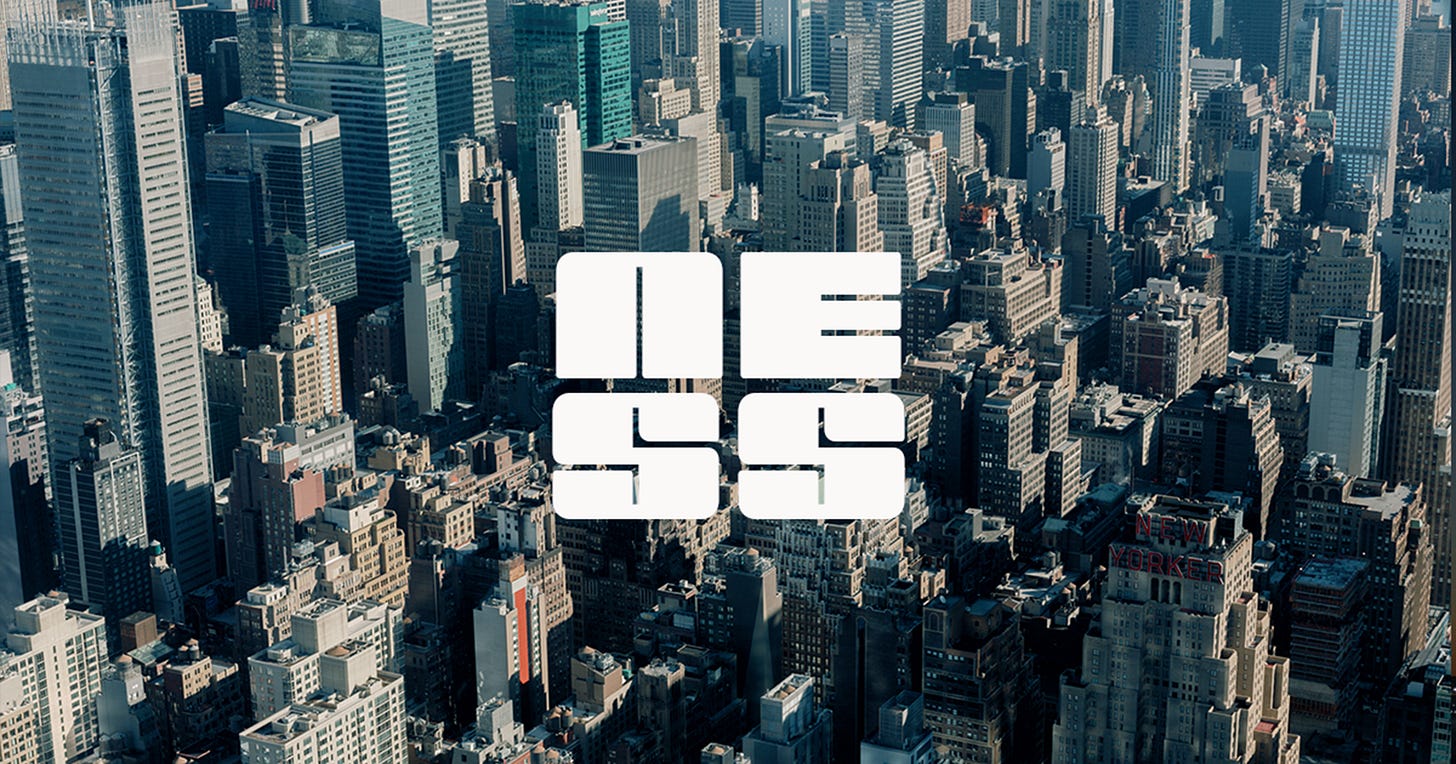NESS is about making and thinking about content—strategy, storytelling, and the creative life. It’s free for now. Someday, it will earn its keep.
Later this week, I’ll be posting the results of the NESS State of Creativity Poll. There’s still time to submit your responses.
One Way to Develop a New Kind of TV Show Host
Recently, I rewatched Parts Unknown (the Cologne episode) for the first time in years and found myself missing the kind of charismatic, curious host Anthony Bourdain embodied, someone you’d happily follow around the world, or even just watch wander through a city.
Why don’t we have that anymore?
Partly because people like Bourdain are rare. But also because the landscape has changed. Big-budget, legacy-format shows are losing cultural relevance, while smaller, scrappier, social-first shows and podcasts are taking off. I wrote about this shift recently and how our media habits are driving it.
If Bourdain were alive today, would Parts Unknown still be on air? Would CNN still back it? Hard to say. But it’s easy to imagine that after ten or so seasons and declining ratings, the network might have pulled the plug.
Recently, we saw another big-name experiment: Jimmy Fallon’s On Brand. Here’s how NBC describes it:
What happens when Jimmy Fallon starts his own marketing agency and films every moment of the process?
In other words: Shark Tank meets a branded content campaign you didn’t ask for. It’s a perfect example of the confusion happening in traditional broadcast right now. (For the record, I’m a huge Fallon fan.)
Networks are risk-averse, understandably so. But if Bourdain showed up today as an unknown, would a major network take a chance on him? Probably not.
So here’s an idea for networks trying to adapt: instead of spending millions repackaging your biggest stars, why not incubate a new generation of creators? Back a handful of them the way a venture capitalist would, knowing that one or two might hit.
Think of your creative roster the way a sports team thinks about talent. Groom it, support it, and develop it.
Imagine if streamers and networks had “farm teams” on YouTube, TikTok, or Instagram. Let creators experiment — a run-and-gun street interview show, a studio podcast, or something that blends the two. See what sticks.
If something gains traction on the low-cost platforms, then bring a version of it to TV or streaming.
We’ve seen this model work before. The Lonely Island started as an SNL digital side project and ended up producing some of the most viral comedy videos ever made.
Another example is Barstool Sports. Whatever you think of Dave Portnoy, he’s sharp at spotting young talent and developing it — from Alex Cooper to Caleb Presley to Brianna LaPaglia.
If networks and streamers took a similar approach, who knows? Maybe one of those creators would turn out to be the next Anthony Bourdain. Because let’s be honest, the next Bourdain isn’t emerging from The New Yorker; they’re coming up on YouTube.
It’s unlikely, sure. But it’s one real way forward: Use your resources to nurture new talent on new platforms. Why not try?
Substack’s Inflection Point
One of the best things Substack did was create an alternative to the social media feed, a new way to receive and engage with content without the endless scroll. I’ve long believed (or hoped) the feed is (slowly) dying, and should.
These days, the only feeds I regularly check are Instagram and LinkedIn, and even that feels like too many.
But now Substack is fully leaning into being a social media company, complete with its own in-app feed. I get it, it makes sense for growth, and to be fair, the feed is actually pretty good. I don’t hate it... yet.
Still, paired with the news that Bari Weiss’s Substack was essentially bought by CBS for $150 million, it feels like an inflection point. This is the kind of moment we’ll look back on in a few years and say, this is when Substack became great, or when it lost the plot.
Most social platforms eventually turn into noisy, anxiety-inducing messes. It’s the inevitable decline. That’s why we’re seeing a shift toward smaller, closed networks like Discord, Slack, and newsletters, and more people (especially teens) logging off altogether.
I really hope Substack can navigate this moment. For all its flaws and the fair criticisms, it’s still one of the few bright spots on the internet, a place where creators and curious people can carve out small, meaningful corners of the web. The kind we used to love.


